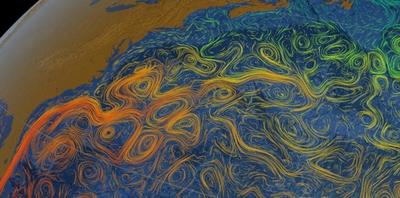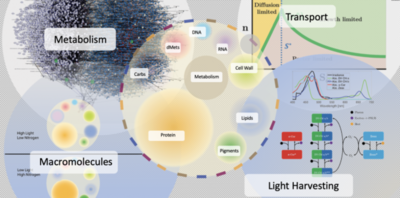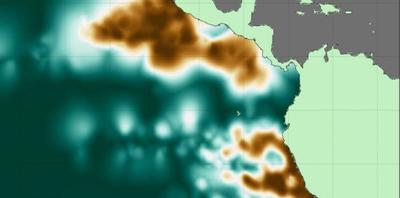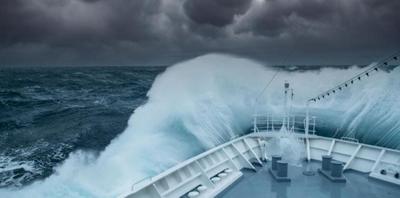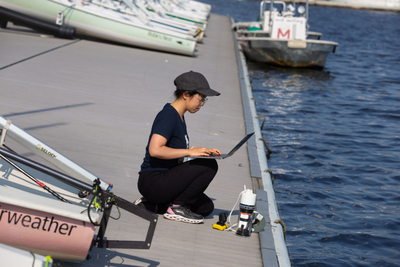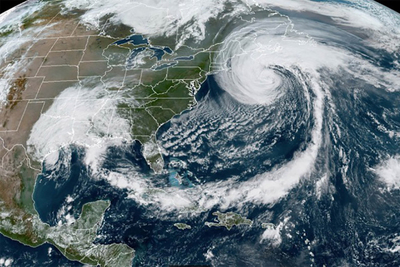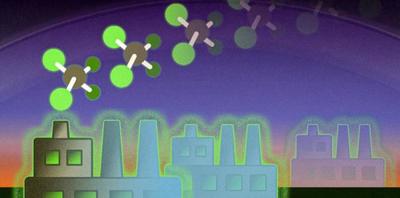Research
Ocean vital signs
MIT scientists hope to deploy a fleet of drones to get a better sense of how much carbon the ocean is absorbing, and how much more it can take.Computing our climate future
To put global climate modeling at the fingertips of local decision-makers, some scientists think it’s time to rethink the system from scratch.Looking forward to forecast the risks of a changing climate
To better inform local policy in the face of changing weather extremes, MIT researchers seek to advance the modeling of long-term weather risks.A systems level approach to biogeography
A new CBIOMES paper presents, for the first time, an interpretation of observed, strain-level, basin-scale biogeography using genome-scale modeling of cellular metabolism, physiology, and fitness.Understanding air pollution from space
Arlene Fiore uses satellite data paired with ground observations to refine our understanding of ozone smog and interactions with meteorology and climate.Scientists build new atlas of ocean’s oxygen-starved waters
The 3D maps may help researchers track and predict the ocean’s response to climate change.Predator interactions chiefly determine where Prochlorococcus thrive
New findings may help researchers hone predictions for where phytoplankton will migrate with climate change.Climate modeling confirms historical records showing rise in hurricane activity
New results show North Atlantic hurricanes have increased in frequency over the last 150 years.Saving seaweed with machine learning
PhD candidate Charlene Xia is developing a low-cost system to monitor the microbiome of seaweed farms and identify diseases before they spread.New “risk triage” platform pinpoints compounding threats to US infrastructure
Modeling tool showcases emerging MIT Joint Program research focus on multi-sector dynamics.Global warming begets more warming, new paleoclimate study finds
Researchers observe a “warming bias” over the past 66 million years that may return if ice sheets disappear.Explaining diversity patterns among marine phytoplankton
Scientists extend a concept from network theory to develop a new diagnostic for fluid flows useful in understanding the structuring of marine phytoplankton distributions.Imagining the distant past — and finding keys to the future
Associate professor of Earth science David McGee studies the atmosphere’s response to paleoclimate changes.Ozone-depleting chemicals may spend less time in the atmosphere than previously thought
News results point to unexpected, illegal production of several CFCs in recent years.The Program in Atmospheres, Oceans, and Climate oversees a broad program of research and education directed at understanding the Earth in all its aspects - physical, chemical and biological - and how Earth has evolved over time to its present state and its likely future trajectory.
We make use of observations, theory and models and also place our studies in the context of planetary systems. Many of the most important discoveries in our science, such as chaos, the chemistry of the ozone hole and the physics of hurricanes were made by PAOC scientists. Follow the links on the left to explore our research in the areas of atmospheres, oceans, and climate.

